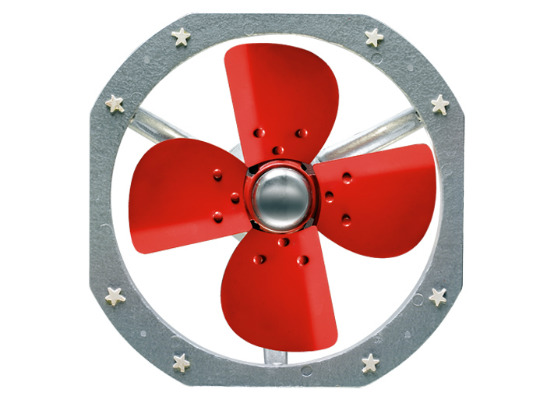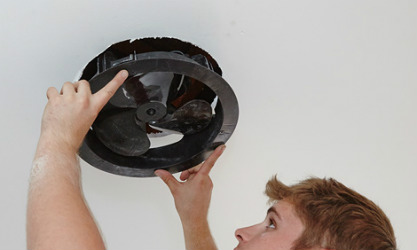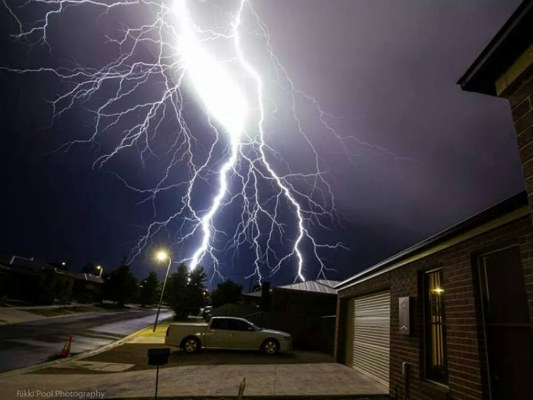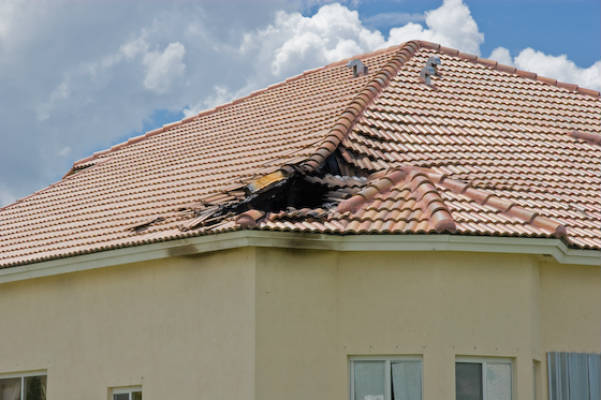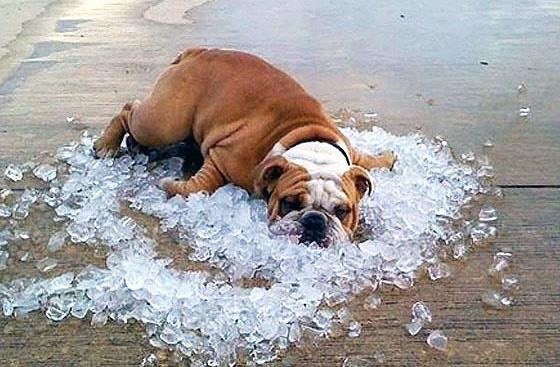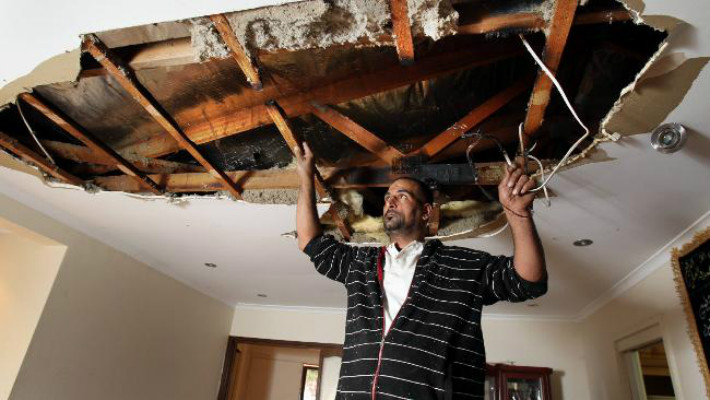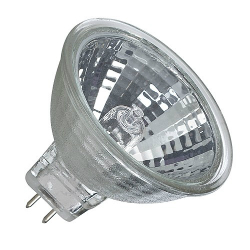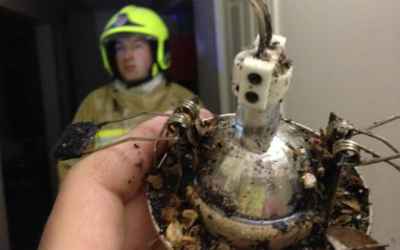
Turn Any Broken Power Point Into A USB Power Point
Got a faulty power point somewhere in your home?
Would you like to turn that faulty power point in the laundry, garage or anywhere in your home into a USB charging point in your kitchen?
Would you like the convenience of charging your phone, tablet or mobile device while still being able to use the power point? Would you like to get rid of that jumble of cords and charger power packs that clutter the bench, getting tangled and lost and generally looking untidy?
It’s easy to do and won’t cost much more than just replacing the faulty power point.
If you have a faulty power point anywhere in your home, here’s how you can turn it into a new double power point with twin USB charging sockets, anywhere you need one.
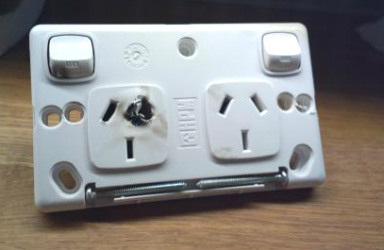
For example, instead of replacing the faulty power point in your laundry with a new power point fitting, we can remove a working power point from your kitchen and install that fitting in the laundry, then install a new USB power point in your kitchen.
It doesn’t matter where your faulty power point is, or where you would like the new USB power point. You could choose to put you new USB power point in a kitchen, bedroom, rumpus room, home office or anywhere it will be most convenient.
So any time you find a faulty power point don’t just get it replaced.
Turn it into a USB power point anywhere you need it.
New Double Power Point With Twin USB Charging Socket
For More Information
Phone Mance Electrical On 6331 4711

